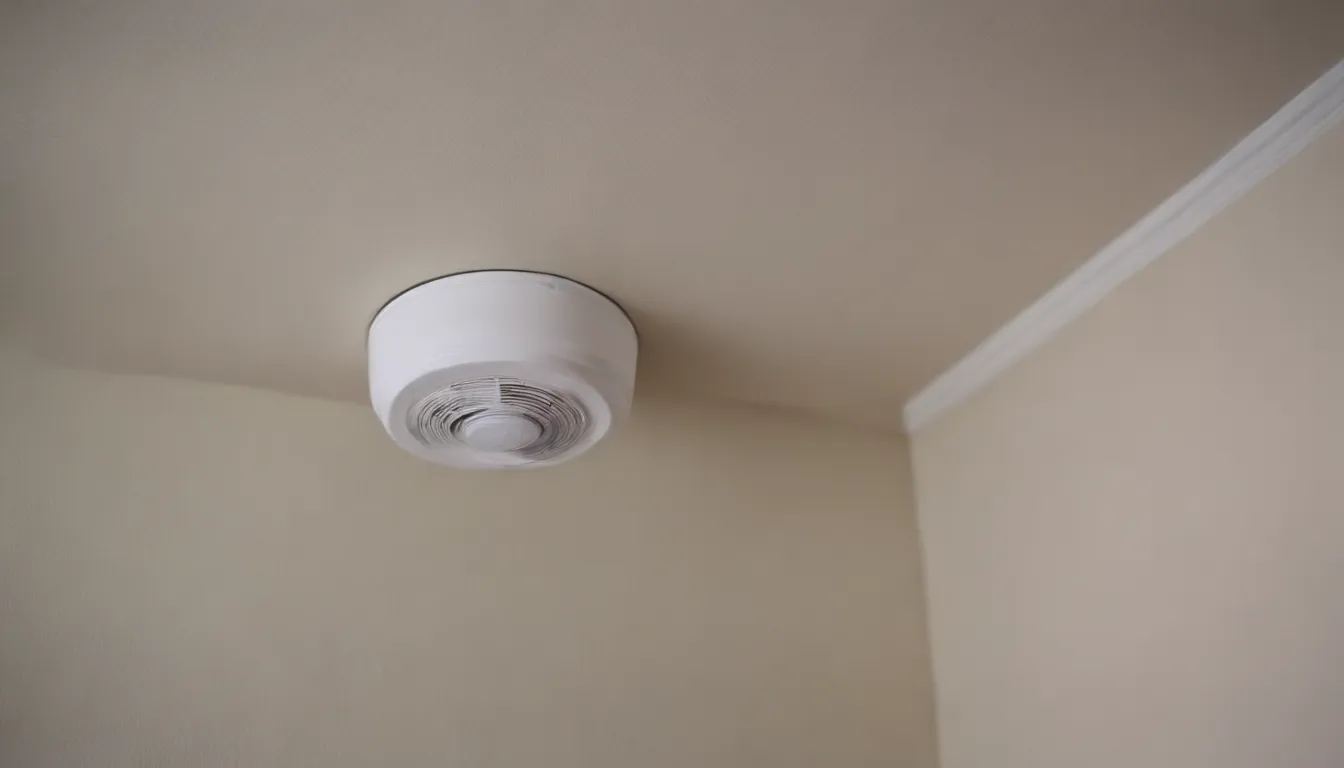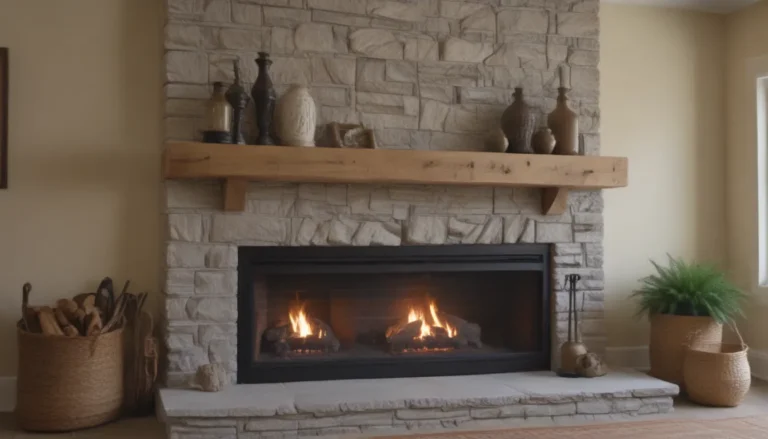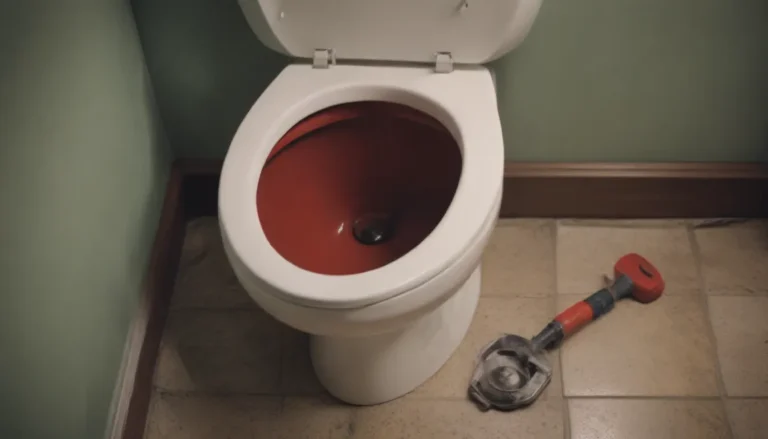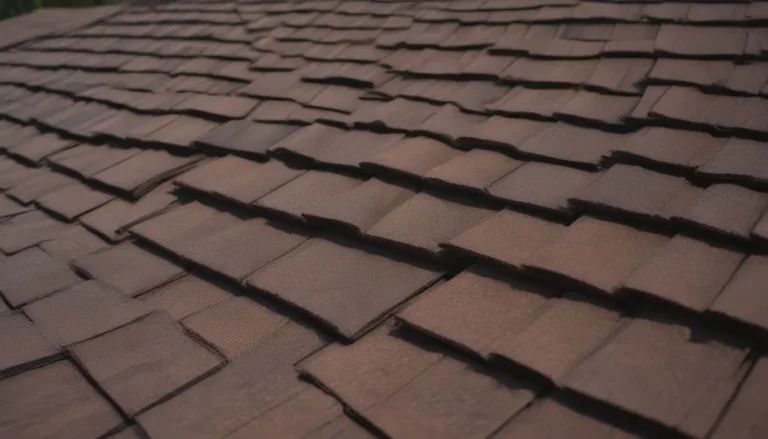The Ultimate Guide to Fire and Smoke Detector Placement for Your Home

When it comes to protecting your home and family from the devastating effects of fires, proper placement of fire and smoke detectors is key. In the United States alone, there are an average of 2,620 deaths from residential home fires each year, according to the National Fire Protection Association. Shockingly, approximately 60 percent of these deaths occur in homes without functioning smoke alarms or without alarms at all. This statistic emphasizes the importance of understanding the mechanics of smoke alarms and ensuring they are used and maintained correctly to prevent tragedy.
It’s essential to note that legal requirements for fire and smoke alarm placement can vary by state or region. Therefore, it is crucial to check with your local fire department for specific regulations in your area. In the meantime, this article provides general guidance on the best placement of smoke detectors, carbon monoxide detectors, and fire extinguishers in your home.
Understanding Different Types of Alarms
While commonly referred to as “smoke alarms,” there are actually five different types of smoke and fire alarms used in homes. These alarms vary in their ability to detect heat, smoke, or both, and understanding their differences is essential for optimal safety.
Heat Detectors
Heat detectors are designed to activate an alarm when the temperature in a room reaches a certain threshold. These detectors are suitable for areas where rapid detection is not critical or in small, enclosed spaces. While heat detectors have a lower false alarm rate, they are slower at detecting fires. In many household fires, smoke inhalation is the leading cause of death before the fire itself.
Smoke Alarms
Smoke alarms are designed to detect fires more quickly than heat detectors. There are three main types of smoke alarms currently available:
– Ionization Alarms: These alarms use ionization technology to detect smoke particles produced by fast-burning fires.
– Photoelectric Alarms: Photoelectric alarms use light sensors to detect smoke particles generated by smoldering fires.
– Combination Alarms: Some alarms combine both ionization and photoelectric technologies for comprehensive coverage.
Carbon Monoxide Detectors
Carbon monoxide (CO) detectors are essential for detecting this odorless, colorless gas that can be deadly if inhaled in high concentrations. While some combination detectors integrate smoke and CO detection, experts recommend keeping these systems separate. CO detectors are best placed outside sleeping areas and on every level of the home.
Tip
While hardwired smoke detectors may seem like a more reliable option, a battery-operated smoke detector is always preferable to having no detector at all.
Proper Placement of Smoke Detectors and CO Alarms
Local building codes and the National Fire Protection Association offer recommendations on the proper placement of smoke alarms. These guidelines are essential for ensuring maximum coverage in case of a fire.
Placement Guidelines
- Rooms to Install Alarms
- Bedrooms
- Common living areas
- Hallways
- Other escape routes
Locations to Avoid
Certain areas in the home may not be ideal for smoke alarm placement. Avoid installing alarms in:
– Unfinished attics or crawlspaces
– Kitchens where smoke or steam may trigger false alarms
Installation Tips
- Never paint smoke alarms, as this can interfere with their functionality.
- Interconnect smoke alarms so that when one alarm sounds, they all sound for optimal safety.
- Consider hardwired smoke alarms with battery backups for uninterrupted protection.
- Replace battery-operated smoke alarm batteries twice a year to ensure they are always functioning.
Power Sources
Smoke alarms can be powered by household current or batteries. While battery-operated alarms are common due to their low cost and ease of installation, hardwired, interconnected smoke alarms are the optimal choice for maximum protection. If relying on battery-operated detectors, make it a habit to replace the batteries regularly.
When mounting smoke alarms and CO detectors, follow these best practices:
– Install smoke alarms high on walls or near ceilings.
– Place alarms at least 10 feet away from cooking appliances to avoid false alarms.
– Avoid installing smoke alarms in the kitchen; instead, keep a fire extinguisher handy for emergencies.
– For CO detectors, position them outside sleeping areas on every level of the home.
By following these guidelines on alarm placement, you can create a safer living environment for you and your family.
Additional Resources
For further information on fire and smoke detector placement and safety, consider exploring the following resources:
- National Fire Protection Association: Offers comprehensive information on fire safety standards and guidelines.
- Ready.gov: Provides emergency preparedness tips and resources for various disasters.
- Town of Westfield, NJ: Offers specific guidance on smoke detector installation in residential homes.
Remember, proactive measures such as properly placing and maintaining fire and smoke detectors in your home can significantly reduce the risk of fire-related incidents. Stay informed, stay safe!
In conclusion, understanding the critical role of fire and smoke detectors in home safety is essential for protecting your loved ones and property. By following the guidance provided in this article and consulting local regulations, you can create a secure environment that mitigates the risk of fire-related emergencies. Stay vigilant, stay safe!





